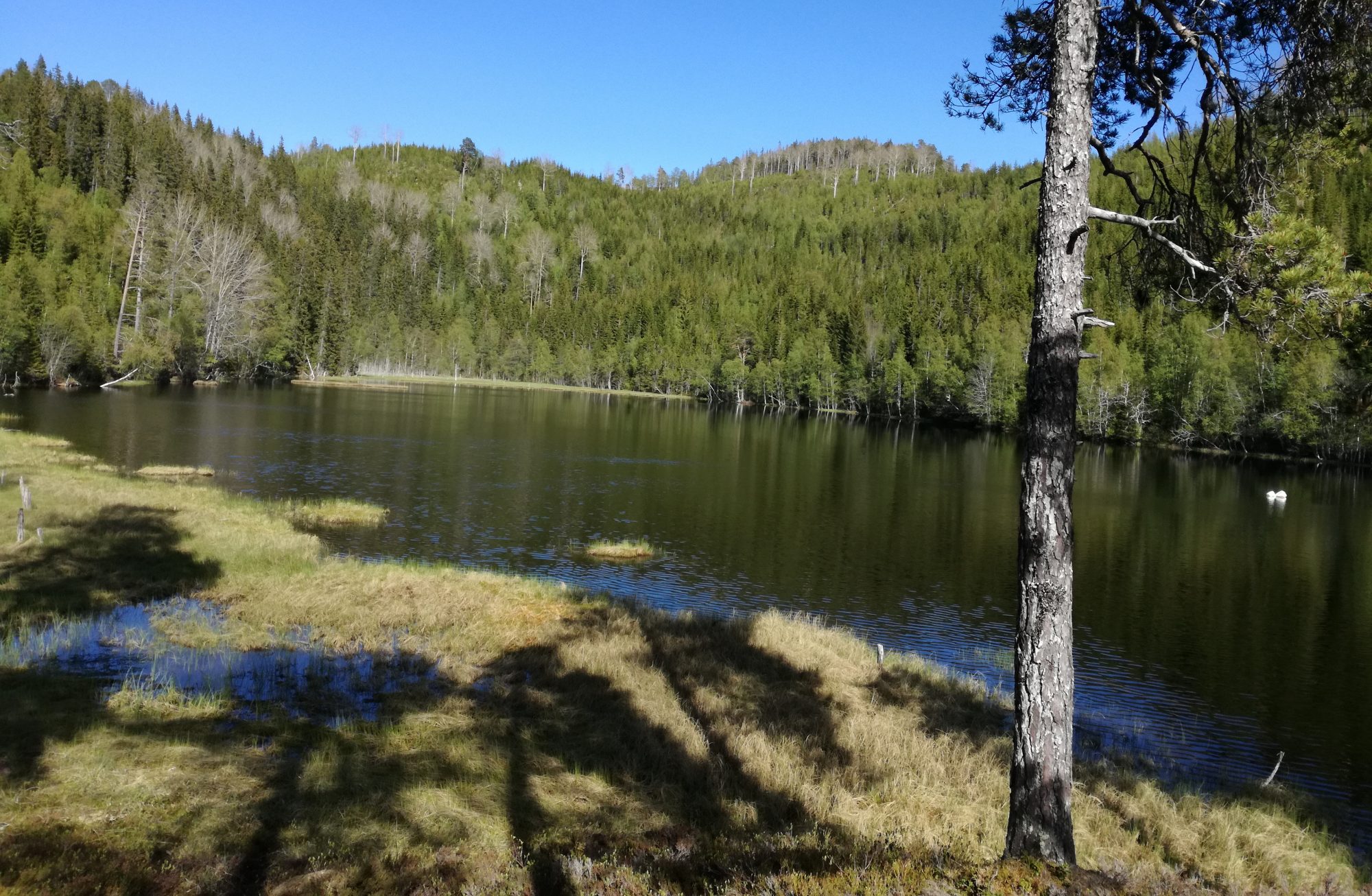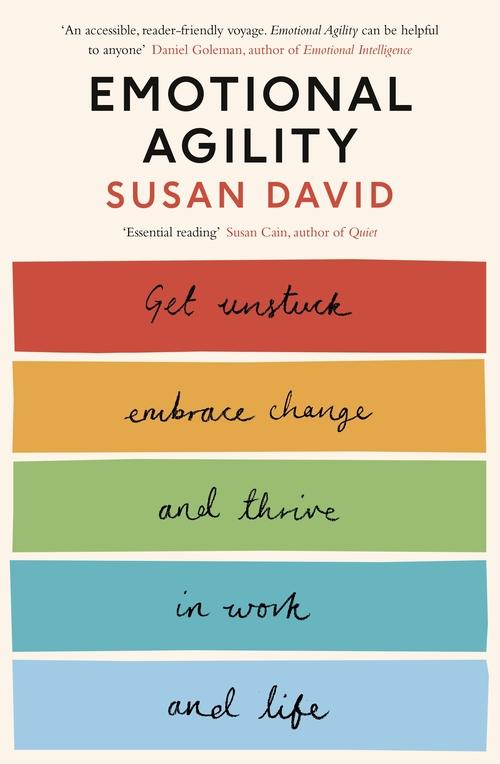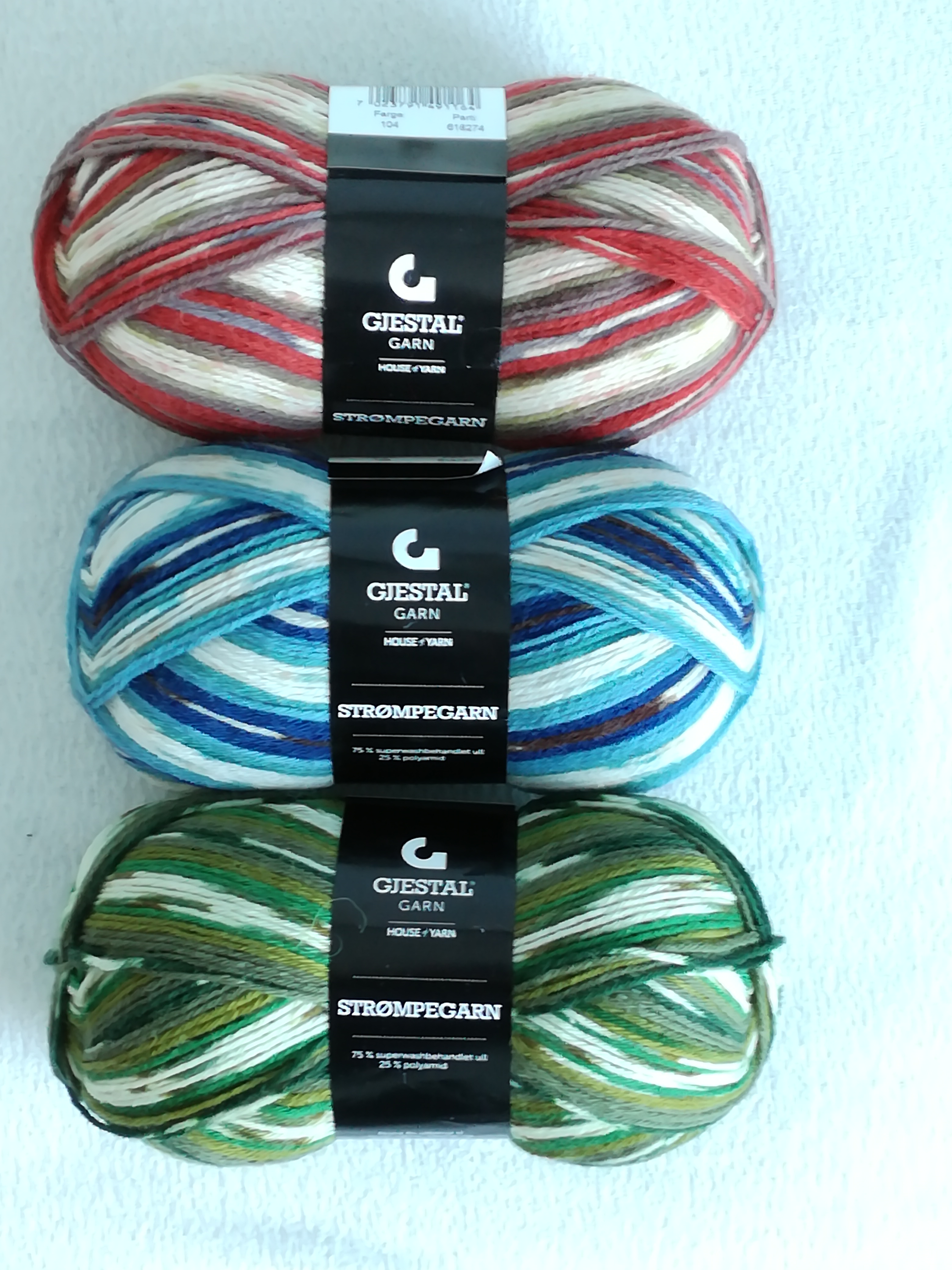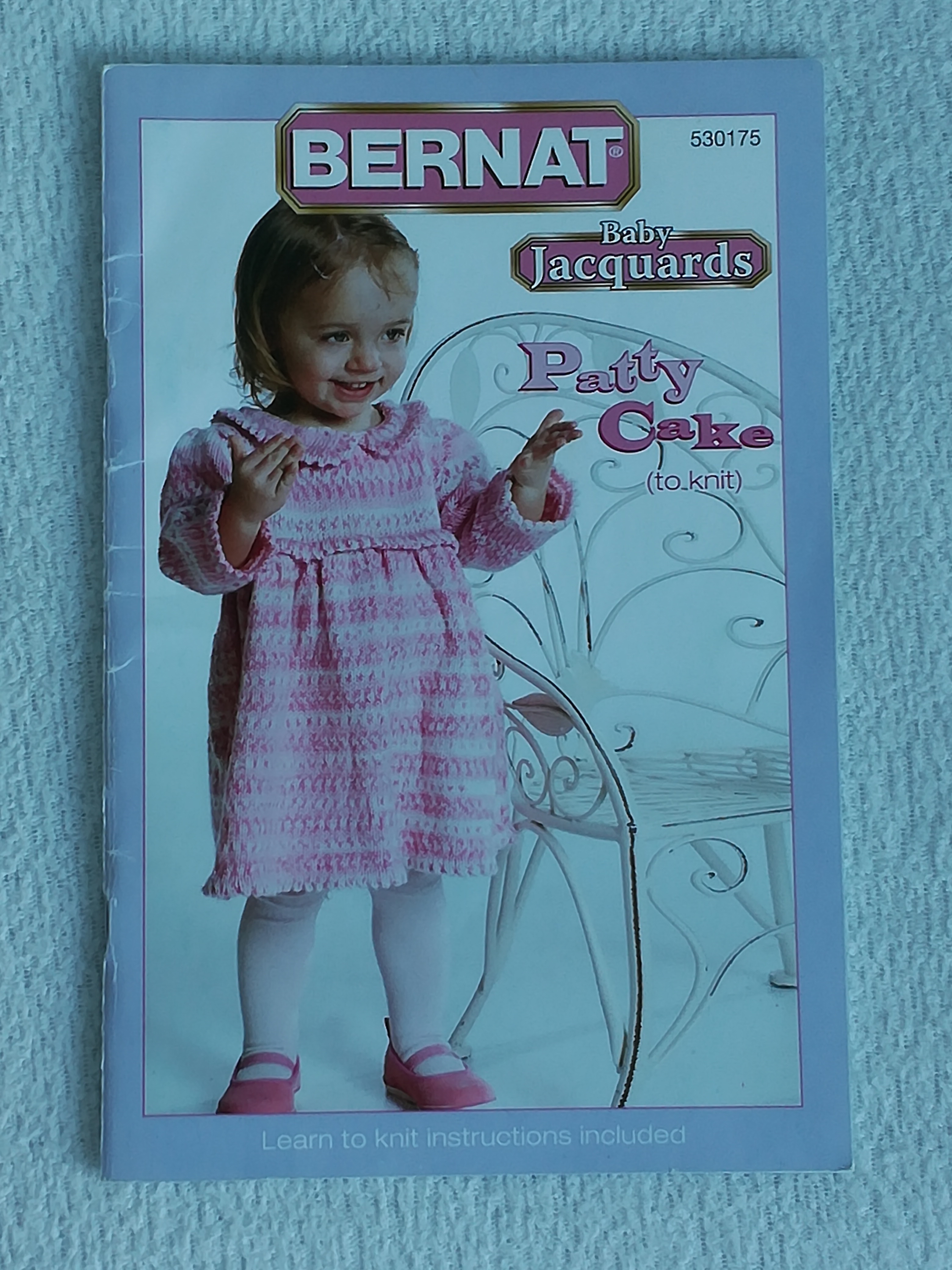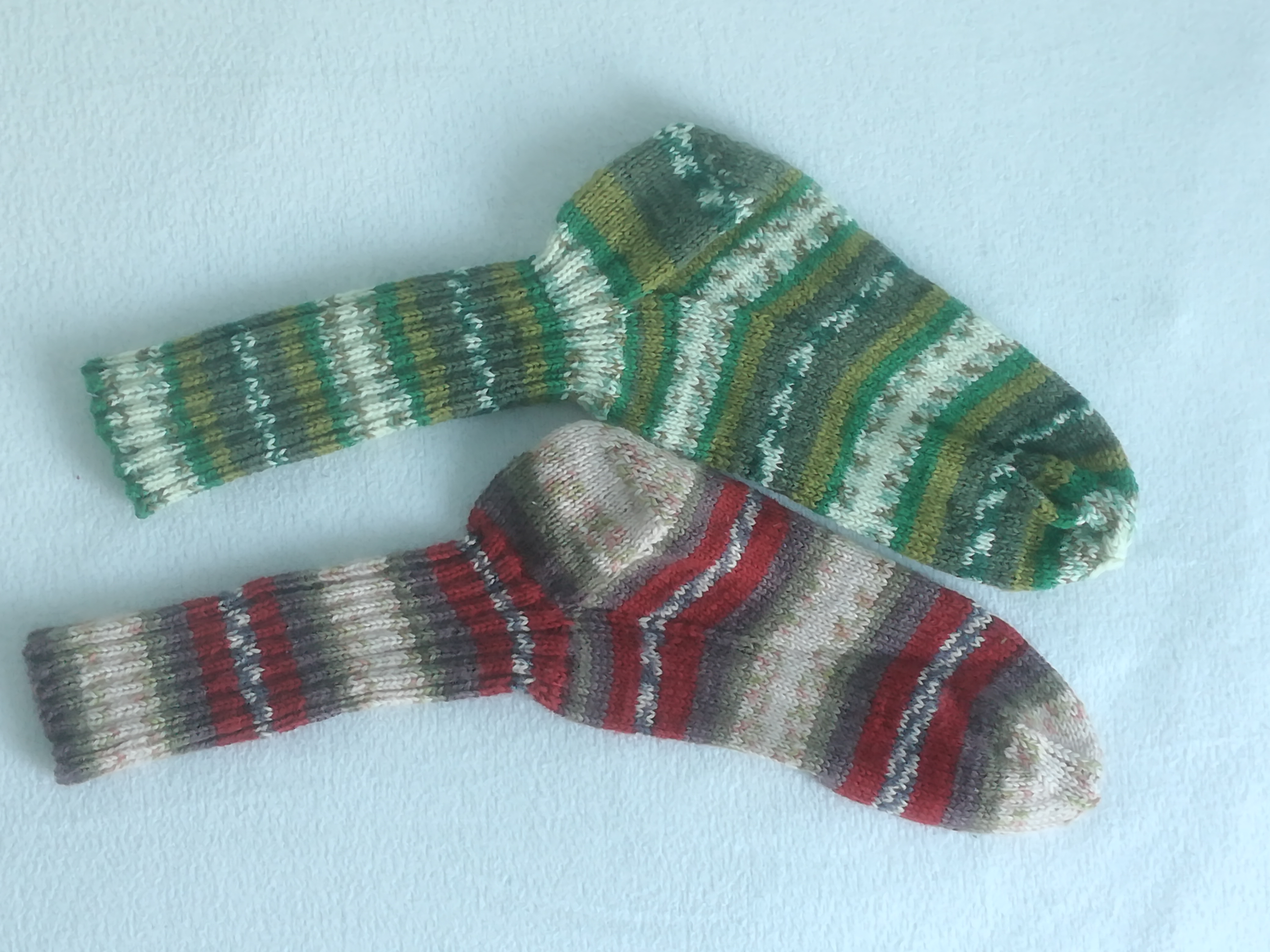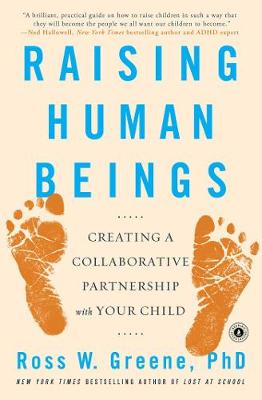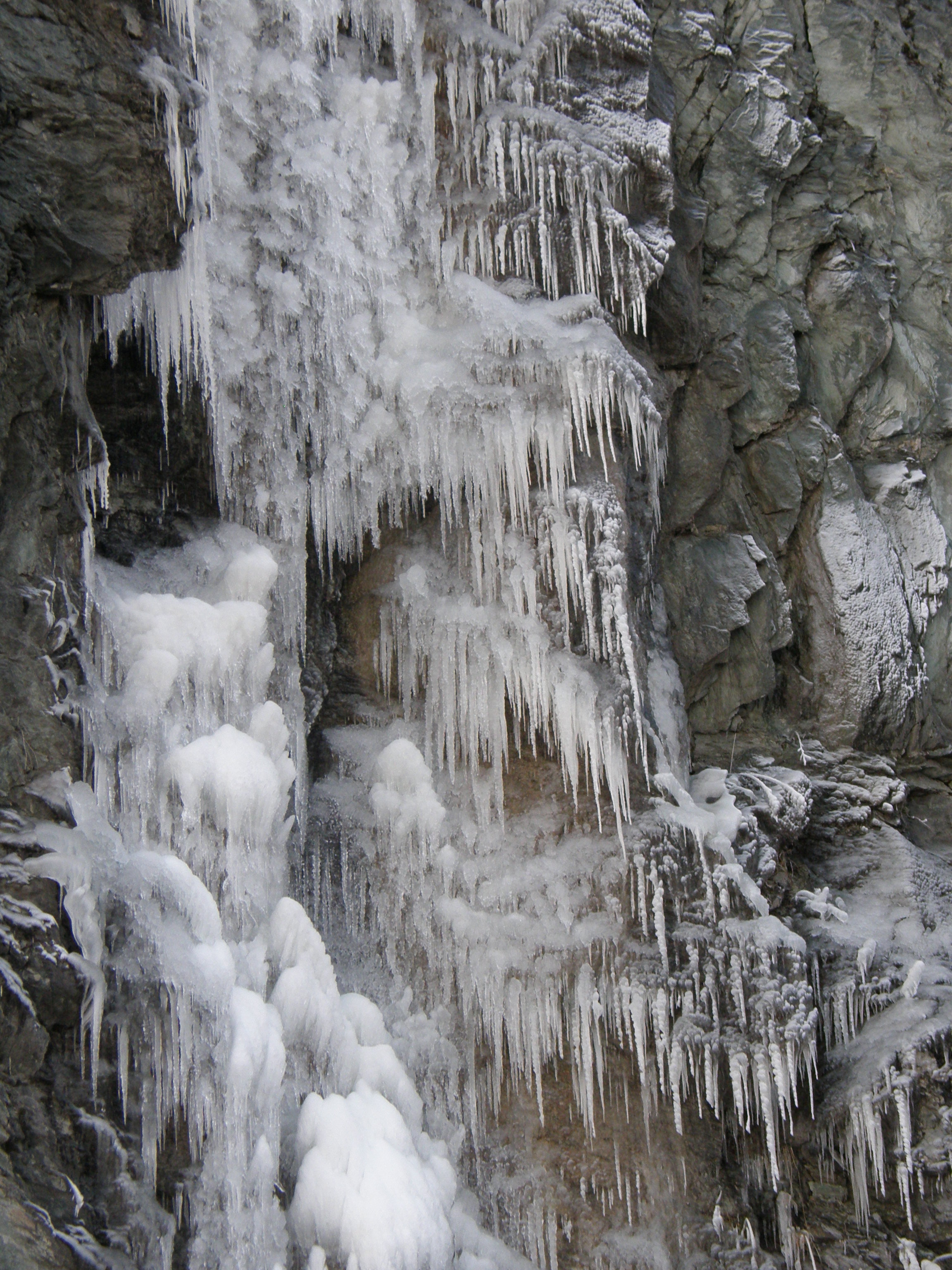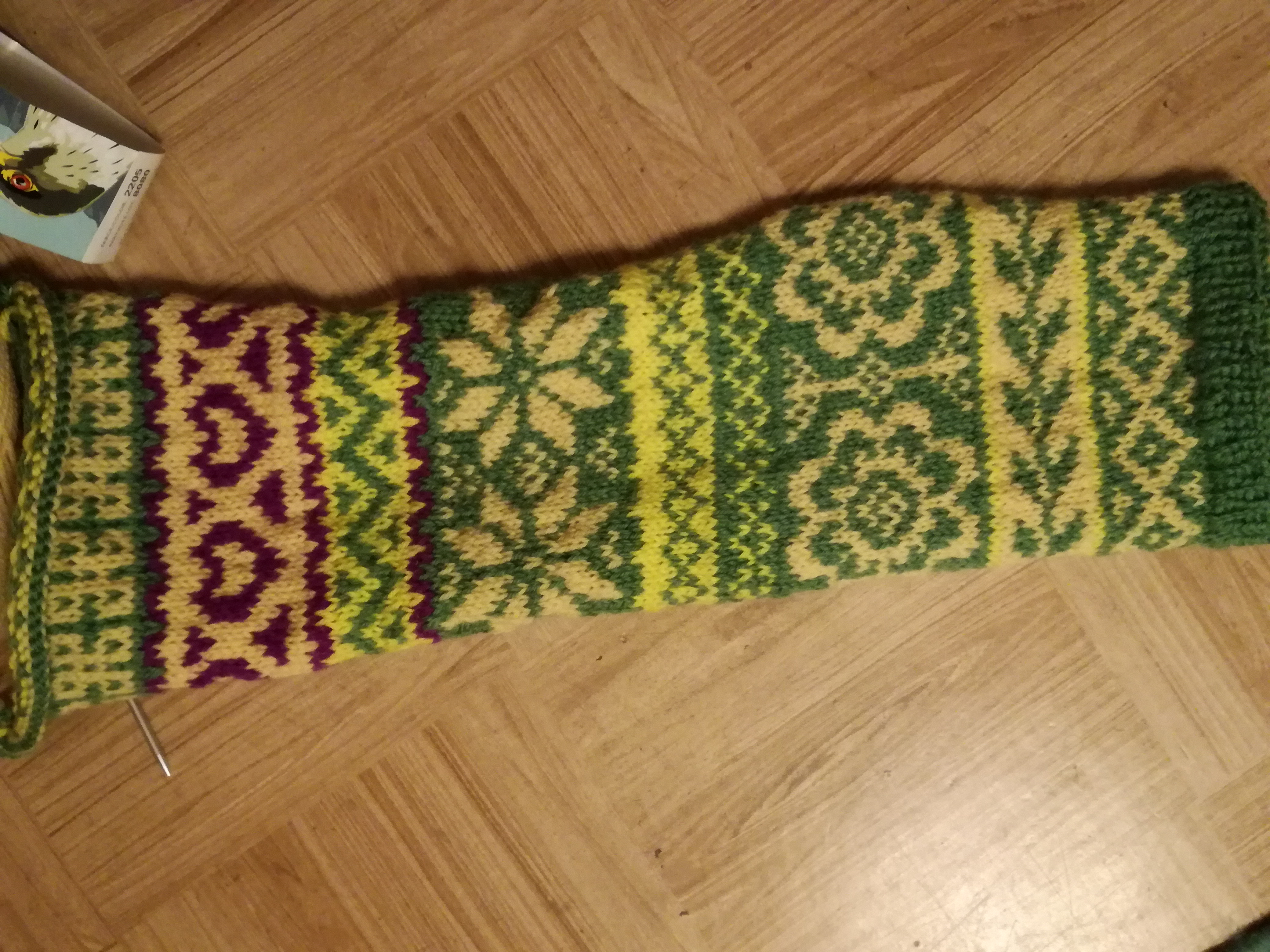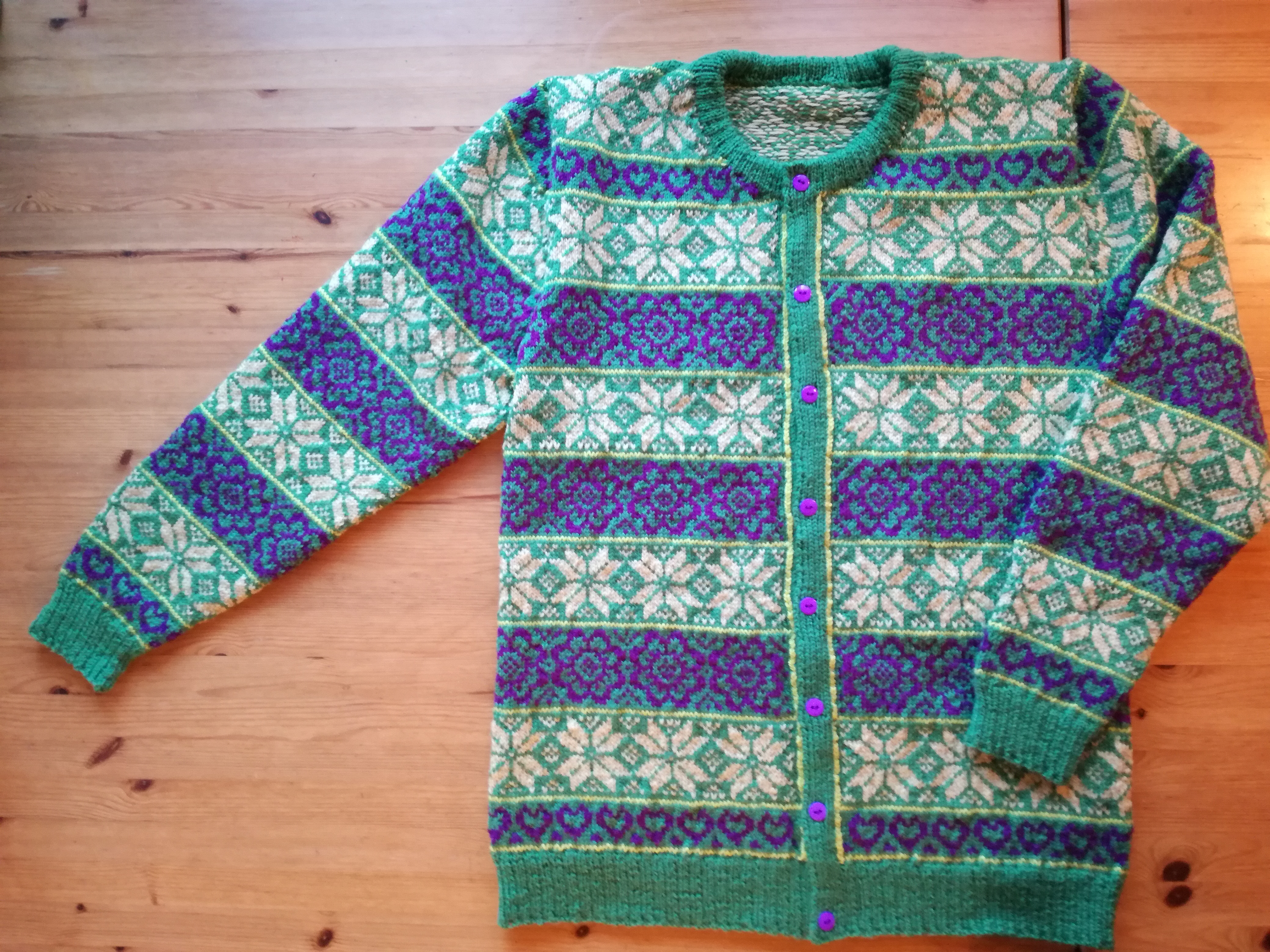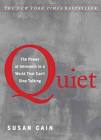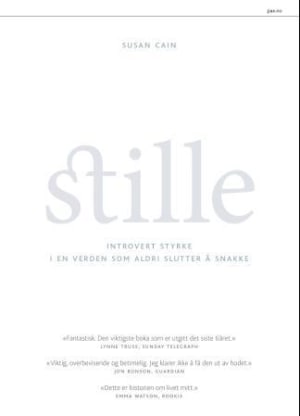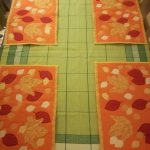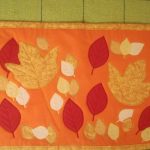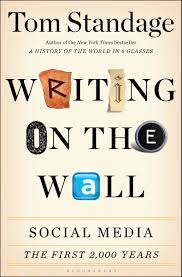Most of us use smartphones and computers. Many use e-book readers or digital tablets. I have a smartphone for step-counting, taking pictures, checking my email and sending text messages. I have en e-book reader that I use most days. I also use a computer, probably several hours a day.
One of the things these digital devices do is influence how much time we spend in front of a screen. Is this good for us, or have we gone too far in our lives and become addicts? For many, using smartphones and computers are part of their working life; for others, for example those using Facebook, Instagram or games, too much time is spent in front of a screen to the extent that they are not able to connect with people face to face. Now that I am retired, I no longer use a computer nearly as much during the daytime, but I am using it for other tasks than I did while working, such as writing this blog.
I enjoyed reading Alan Alter’s book, Irresistible: The Rise of Addictive Technology and the Business of Keeping Us Hooked (Penguin Press, New York, 2017) where he describes behavioral addiction, a deep attachment to an experience that is harmful and difficult to do without (page 22). There are many things that are difficult to do without, such as breathing, but addiction comes from something that harms us. In his book, Alter gives many examples of people with addictions to gaming, to exercise, to use of Facebook or Instagram and how it has become harmful for them. Reading this book helped me become more aware of how the digital environment influences my use of time each day.
Alter says that addiction is largely produced by environment and circumstance. These new addictions don’t involve the ingestion of a substance but they produce the same effects because they are compelling and well-designed (page 12). Technology is neither morally good nor bad. It is how it is used that determines if it is used wisely or not. Large corporations use many techniques to get us hooked, or addicted, so that they can make large sums of money.
According to Alter, behavioral addiction consists of six ingredients (page 15):
- compelling goals that are just beyond reach
- irresistible and unpredictable positive feedback
- a sense of incremental progress and improvement
- tasks that become slowly more difficult over time
- unresolved tensions that demand resolution
- strong social connections.
If you look at this list, there is nothing there that in itself is harmful for us. It is how we learn, what teachers would like to orchestrate in the classroom. But many computer games use these techniques to make their customers become involved in a fantasy world to the exclusion of the real world where we interact with people, have a job, have a life helping others, etc.
In his book, Alter looks at what behavioral addiction is and how it can happen in any of us. He looks at the ingredients of this type of addiction and how manufacturers of apps and online games get us hooked. In the third part of the book, he looks at how we can avoid getting addicted to these wonderful apps and games. Alter comes with suggestions for changing our habits, designing the environment we live in and how some of these techniques can be used to create useful things that help us learn and live better.
I found the book very interesting to read as I get worried when I read newspaper articles (online, of course) that mention that young children are not learning to hold a pencil or understand how to turn the pages in a magazine or book. When it comes to children, the parents must take charge of the environment by not allowing the use of digital devices for the very young. It is important that children learn to play on their own, learn how to have face-to-face interaction with people, both other children and adults. As a retired teacher, I get concerned about how today’s teenagers are going to avoid these behavioral addictions. As a retired person I want to avoid become an addict myself.
When it comes to adults, they must make decisions about their own environment. Most of us can choose the activities we prefer in our free time, but are we able to make decisions that are beneficial to ourselves?
I want to divide my day into different types of activities, where I spend time on most of these activities every day. Some of these activities allow me to sit; some require me to move around and use my body.
- Learning new things, for example, either how to say things in other languages than English, or how the brain works. I like to read books and to learn foreign languages online.
- I keep track of the books I have read on Goodreads. So far this year I have read 19 books.
- Duolingo keeps track of my progress in French, Italian and Portuguese, using many of the techniques of gaming that Alter mentions, but I think it is beneficial, not harmful for me.
- Personal body needs, such as eating, hygiene and sleeping. This would include keeping the environment I live in neat, tidy and clean. These are, of course, basic things that we all need to do, but it must be included in the list as quite a bit of time can go to these activities every day.
- Physical activities, such as walking. It depends on the season what the walking entails. It can be cleaning snow off the driveway, walking around a shopping mall, or heading off into the woods for an hour or two. Once the snow has gone, I will be working in the garden, but it can also include working on house repairs.
- Writing allows me to reflect on my own thoughts by putting them into words. Some of the writing will be published as blogs, but not everything needs to be shared with others. Writing is a way of processing thoughts and gives me a way to act on my thoughts. In order to make decisions, I need to be clear about the problem and the alternatives.
- Craft projects, mostly knitting or sewing things, allows me to be creative, to make things that can be useful, either for myself or for others.
- Social interaction is the hardest for me. With a hearing disability that is getting worse, I have to choose my time with others carefully. I am fortunate to live with a loving husband and so always have someone to talk to, or to discuss things with. But I also need other friends whom I enjoy being with. Being a quiet person, I prefer deep conversations to gossip. I like being with people who will go for longer walks with me, outdoors. But I also like a lot of time to myself, pottering around the house and doing whatever inspires me at the moment.
Please notice that many of the activities I choose, reduce my need for a digital environment to a few hours a day (reading and writing), though I must admit to spending up to an hour a day on meaningless activities on my computer. It is up to me to decide if this is too much and eventually how I can reduce this use of time.
